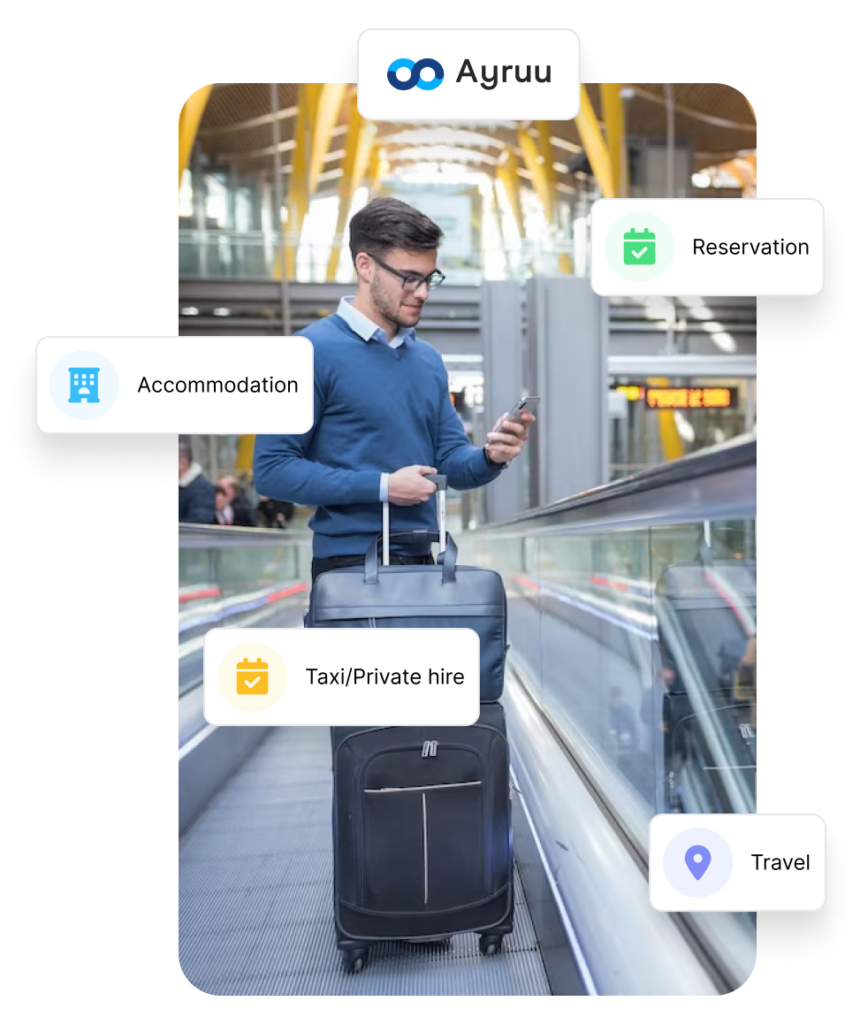In a previous article, we emphasized the importance of measuring carbon emissions resulting from business travel. In this article, we take the topic to the next level by exploring the process of offsetting carbon emissions. This step is essential after measuring CO2 emissions to mitigate the impact of business travel on the environment.
1. What is carbon offsetting and how it works?
Carbon offsetting is a process in which companies compensate for their carbon emissions by investing in environmental projects that reduce or remove greenhouse gases from the atmosphere.
In the context of business travel, companies can offset their carbon emissions generated by employees flights, car rentals, and other modes of transportation. This can be done by calculating the total emissions produced and then purchasing carbon offsets from organizations that fund renewable energy, reforestation, or energy efficiency projects.
The idea behind carbon offsetting is to neutralize the impact of emissions on the environment by supporting projects that reduce or capture an equivalent amount of carbon dioxide. By doing this, companies can reduce their overall carbon footprint and contribute to mitigating climate change.
2. The step to follow to offset carbon emissions
Measuring carbon emission: Check our article right here
Offset purchasing: After calculating the emissions, your company can purchase carbon offsets from a reputable offset provider. These providers invest in projects that reduce or remove greenhouse gases from the atmosphere.
Verification and reporting: The carbon offset provider must verify and report the emissions reductions achieved by the projects they support, and your company must report on its carbon emissions and offset purchases.
Ongoing monitoring: You should monitor the business travel carbon emissions and offset purchases over time to track its progress in reducing its carbon footprint and ensure that it is on track to meet its sustainability goals.
3. Some examples of carbon offsetting projects
Renewable Energy: Renewable energy sources such as wind farms, solar power, and hydroelectric power are becoming increasingly popular due to their ability to generate electricity without producing emissions. Together, these renewable energy sources offer a promising path forward in the transition to more sustainable energy systems.
Reforestation: Tree planting is a popular carbon offset project that involves planting trees in areas where forests have been lost or degraded.
Forest conservation: Forest conservation projects work to protect existing forests and prevent deforestation, which is a major contributor to greenhouse gas emissions.
4. How technology can be used to purchase carbon offsets
Technology plays a key role in enabling individuals and organizations to purchase carbon offsets and track their progress towards reducing carbon emissions. Many online platforms and tools have been developed to facilitate the purchase of carbon offsets, including websites and mobile apps that enable users to calculate their carbon footprint and purchase offsets to neutralize their impact.
Ayruu has integrated carbon emission rates directly into the booking tool to make your company easily take action toward climate change. We help your travellers measure their carbon footprint for every business trip.
Moreover, we offer you real-time statistics and data about how much carbon your company is spending for every booking.
Are you willing to start a carbon offsetting project? Subscribe to our newsletter and keep updated on the latest information about sustainable business travel.






